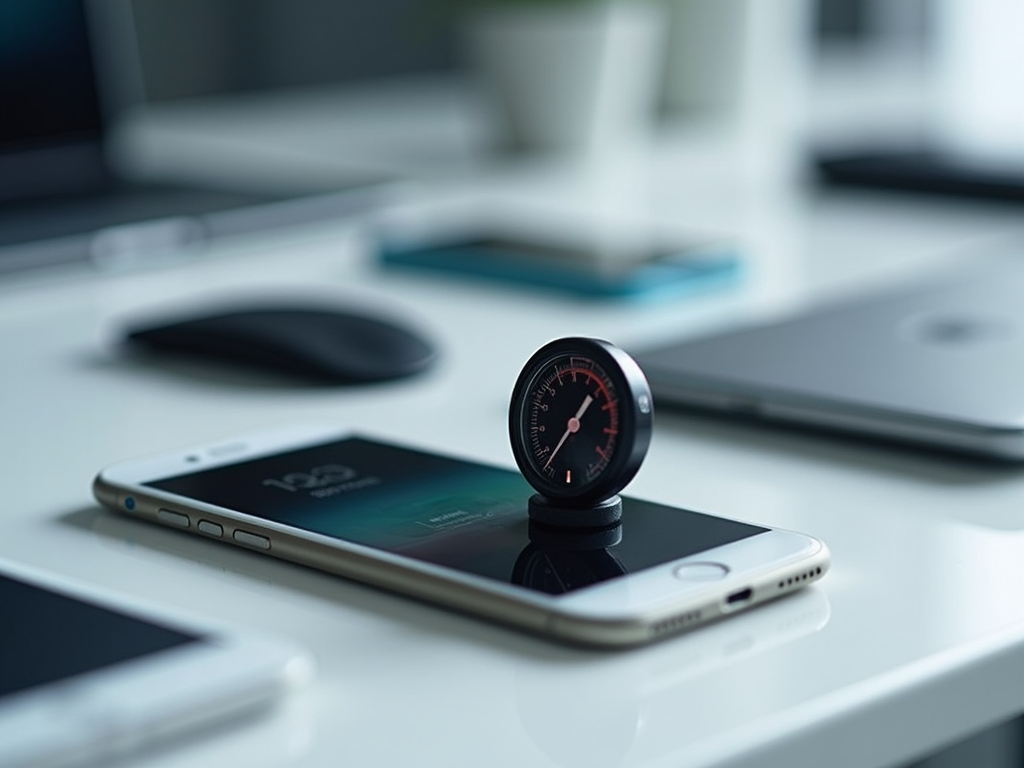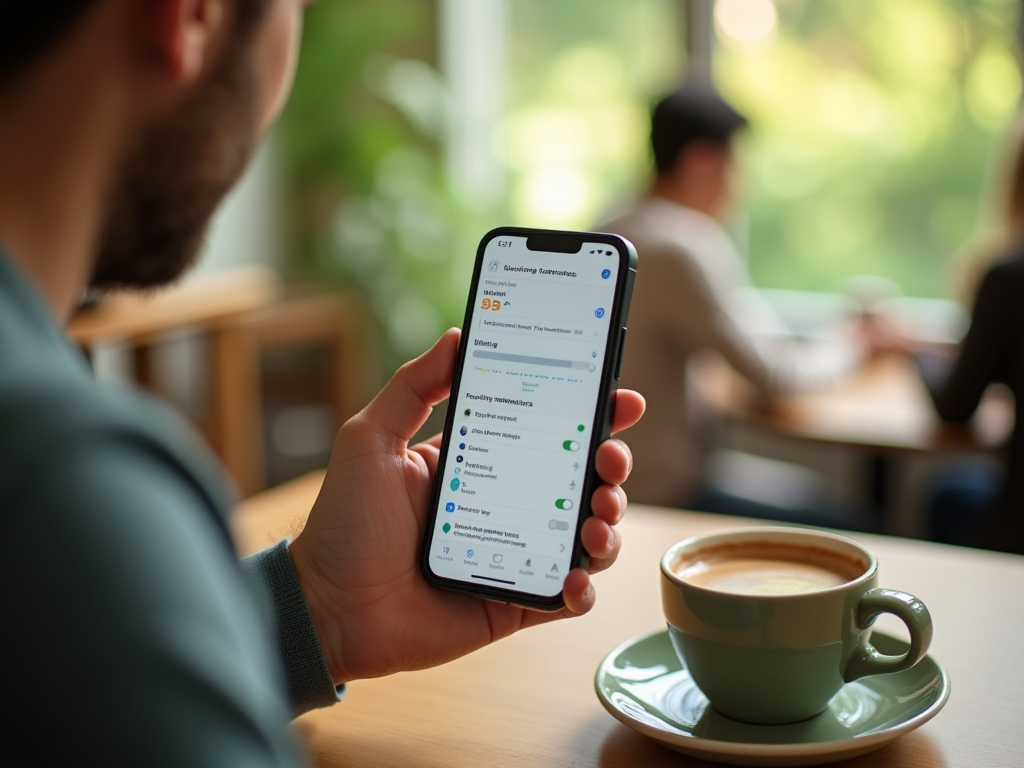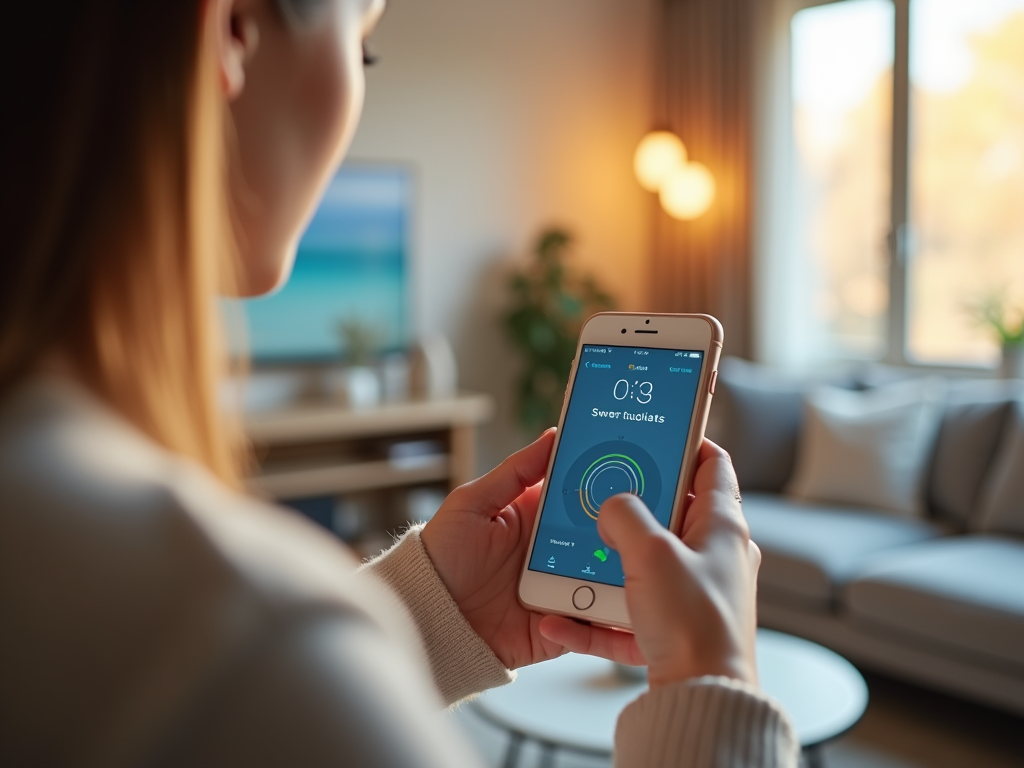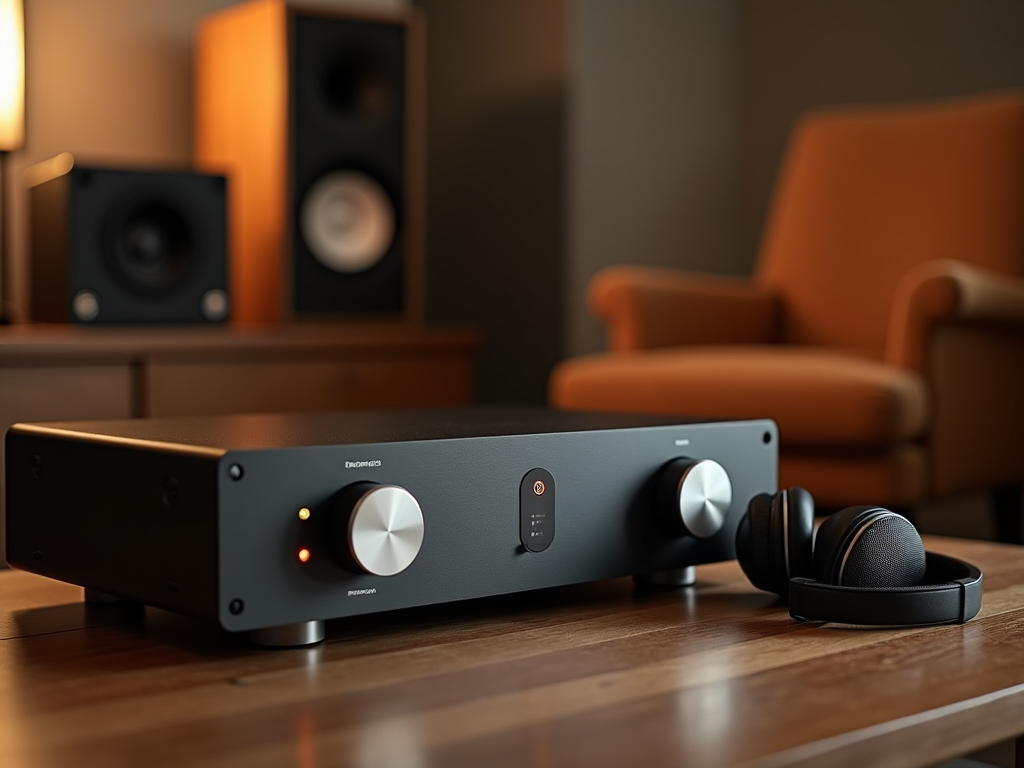Keeping a check on your phone’s internal temperature while charging is crucial to maintaining its health and longevity. Overheating can lead to battery damage, reduced lifespan, and, in extreme cases, create safety hazards. In this article, we’ll explore three effective methods to monitor your phone’s temperature, ensuring your device remains safe and efficient during charging.
Use Built-In Phone Settings

Many smartphones come equipped with built-in settings that allow users to check the internal temperature. These settings provide insight into various device statistics, including the temperature. On Android devices, this can usually be accessed through the settings menu under the ‘About phone’ or ‘Battery’ sections. On some models, you might need to navigate through several sub-menus to find this data.
The steps may differ slightly depending on the manufacturer, but they generally follow a similar path. iOS users, however, have a bit more limitation since iPhones don’t natively display internal temperature. If this is unavailable, leveraging apps may be a more precise option. Understanding how to navigate these settings can empower you with vital information about your device’s health while it charges.
Leverage Temperature Monitoring Apps

Another effective way to check your phone’s internal temperature is by using third-party apps designed to monitor it. Apps such as CPU-Z, Battery Temperature, and Cooling Master offer real-time insights and detailed statistics about your device’s thermal situation. These applications often provide notifications and alerts if your phone reaches a critical temperature, enabling preventative action at the earliest possibility.
Here’s how you can effectively use these apps:
- Download and install a reliable temperature monitoring app from a reputable source.
- Grant necessary permissions for optimal app performance.
- Regularly check the app to monitor your phone’s temperature during charging.
By consistently using these apps, you ensure that your phone stays within safe temperature parameters, preventing any untoward damage while charging.
While less common, external temperature sensors are an accurate method of monitoring your phone’s temperature. These devices usually come equipped with a probe or a sensor that you can attach to your device to get readings. While they might require a bit more investment, they offer precise data that’s often more accurate than built-in sensors or apps.
Here’s how to use an external sensor:
- Purchase an external temperature sensor designed for smartphones.
- Place the sensor against your phone while charging to gather data.
- Read the sensor’s output for temperature data.
External sensors are highly reliable, and frequently used by tech enthusiasts who desire high accuracy without relying on digital readings alone.
Conclusion
Monitoring your phone’s internal temperature while charging is paramount to ensuring its safety and longevity. By using built-in settings, temperature monitoring apps, or external sensors, you can effectively track your phone’s thermal health. Each method has its advantages, and selecting the most appropriate one will depend on your specific device and preferences. Regular monitoring helps prevent overheating and the associated risks, contributing to a more efficient and safer charging process.
Frequently Asked Questions
How often should I check my phone’s temperature while charging?
It’s advisable to check your phone’s temperature whenever you notice it warming unusually during charging. Regular checks every 15 to 30 minutes can help ensure it remains within a safe range.
Can charging my phone overnight cause it to overheat?
Yes, charging overnight can sometimes cause overheating, especially if your device doesn’t automatically stop once fully charged. Using a smart charger or setting up a charging schedule can help mitigate this risk.
Do high phone temperatures affect battery life?
Consistently high temperatures can degrade battery life over time. It can cause the battery to wear out faster, reducing the overall lifespan and efficiency of your phone.
Are there particular apps known for causing overheating?
Resource-intensive apps such as games, video streaming services, and virtual reality applications can cause the device to heat up more than usual, especially when used while charging.
What ambient temperature is considered safe for charging?
Keeping your surroundings cool is essential. An ambient temperature between 15°C to 25°C (59°F to 77°F) is generally considered safe for charging your device without increasing the risk of overheating.



